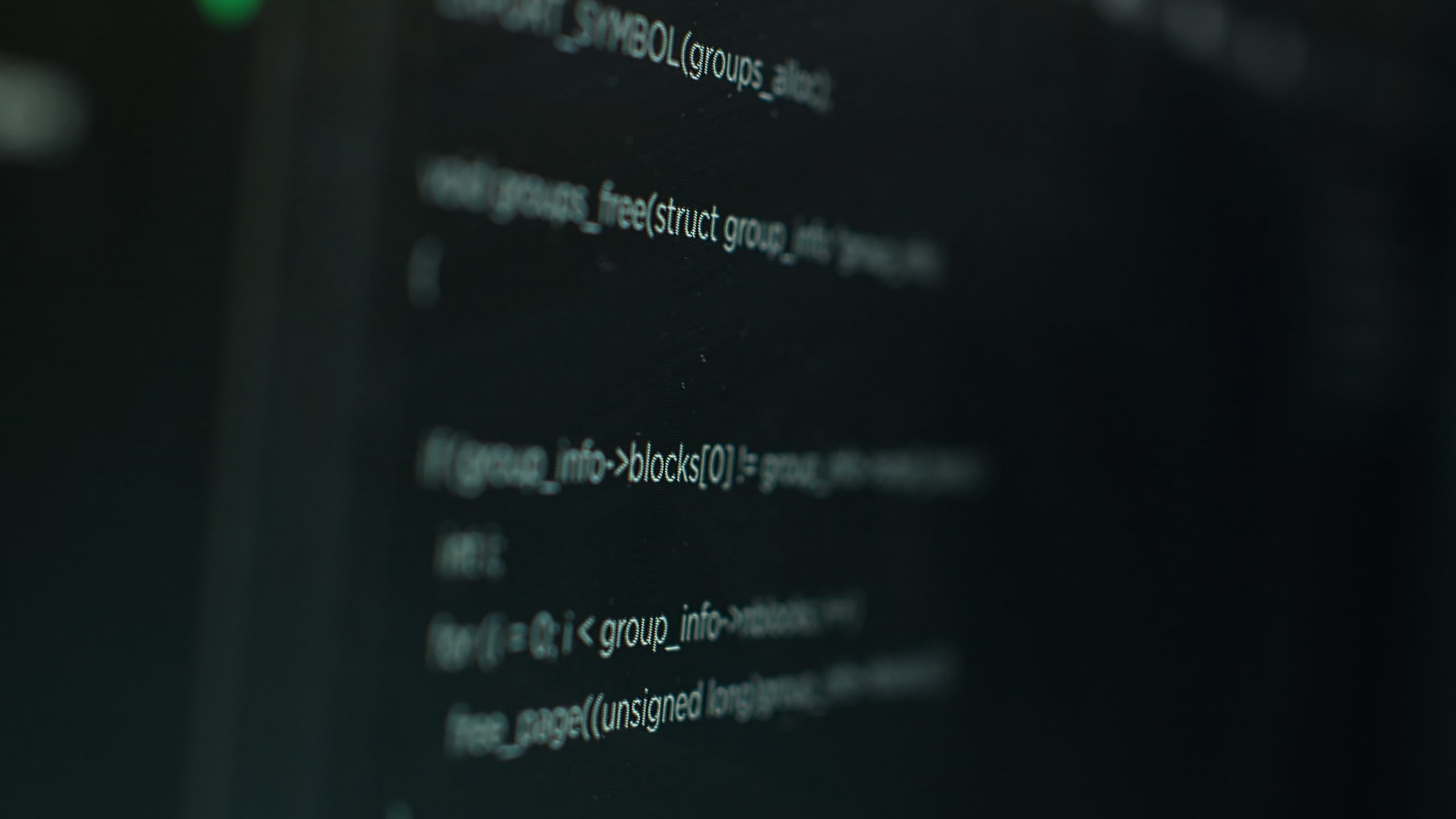The software development lifecycle (SDLC) is a structured process that guides development teams in creating excellent-quality software successfully and cost-effectively.
GitLab CI
Advantages
GitLab CI Advantages
Link Copied
- March 11, 2024
Continuous Integration (CI) and Continuous Delivery (CD) are practices aimed at replacing manual code-writing tasks with automated builds and tests. When implemented correctly, CI and CD can significantly reduce code release times. GitLab consolidates CI and CD essentials within a single environment, eliminating the need to switch between various tools throughout the lengthy process of building, testing, and deploying products.
Let’s delve deeper into what CI and CD entail.
Continuous Integration (CI) and Continuous Delivery (CD) are principles and practices that enable developers to deploy software changes more frequently and reliably. CI/CD is considered one of the tools within the DevOps framework and is also aligned with agile methodologies. We previously elaborated on the development process in one of our earlier publications, breaking it down into four stages. Continuous Integration involves making incremental changes to the code with frequent commits. Given that modern applications are typically developed using diverse platforms and tools, there is a need for a single point to track all of them. This is referred to as an integration component. From a technical perspective, the objective of CI is to provide a consistent and automated process for building, packaging, and testing applications. With a well-established CI setup, developers are encouraged to make frequent commits, thus enhancing communication and software quality. Most teams follow the practice of making git commits at least daily. Incremental changes make it easier to identify defects and other issues, and shorter commit cycles prevent developers from editing the same code simultaneously. CI not only encompasses all program components and databases but also automatically conducts unit tests and various other forms of testing. Such testing enables developers to ensure that their changes have not introduced any regressions. Continuous Deployment involves delivering the artifact to the designated environment, whether it’s QA, staging, or production. Continuous Deployment implies that all pipeline steps are automated, eliminating the need for manual intervention by DevOps personnel.

Why choose GitLab as a CI/CD platform?
Let’s delve into CI/CD tools to address this query. The primary function of these tools is to synchronize the operations of multiple systems: version control systems, build tools, automated testing frameworks, dependency managers, bug trackers, and containerization platforms. Each tool serves specific roles and adheres to distinct specifications. To ensure an efficient CI/CD workflow, teams incorporate various tools into their pipeline to handle tasks sequentially. For instance, SonarQube is employed for test coverage, Docker is utilized to construct Docker images, and so forth. Each of these tools fulfills a particular aspect of the CI/CD process. GitLab CI was among the initial platforms to embrace an “All-in-One” approach. Unlike merely serving as a repository for source code, GitLab CI serves as a comprehensive DevOps platform. It facilitates project management with tasks and boards, monitors environment statuses, stores various artifacts, employs an integrated container registry, and offers numerous other functionalities. With its reliability, accessibility, and robust community support, GitLab CI has become a pivotal tool for bolstering continuous practices. The platform has undergone numerous enhancements to evolve into a flexible, feature-rich CI system that fosters a dependable CI/CD pipeline. Another advantage of utilizing GitLab is its ability to be deployed both in the cloud and on-premises.
Utilizing CI/CD offers numerous benefits:
- 1.Automation for Scalability: Automating processes ensures scalability for a project. Without automation, scaling up can become a hindrance as the project progresses.
- 2.Reduced Lead Time and Enhanced Stability: CI/CD reduces Lead Time, enhances stability, increases release speed, and improves overall transparency. It helps in visualizing the flow from ideation to final product delivery.
- 3.Decreased Risk of Bugs: CI/CD significantly reduces the chance of errors in the production process. Automated testing ensures accurate and reliable results, leading to faster bug correction and reduced costs associated with fixing them.
- 4.Improved Code Quality: CI/CD automates the execution of various testing routines, such as unit testing and integration testing, allowing developers to focus on coding rather than troubleshooting incidents.
- 5.Bridging the Gap between Development and Operations: CI/CD serves as a central point of communication, fostering collaboration between software development and integration teams. It enhances transparency in the development process and encourages collaboration among specialists involved in product development.
- 6.Increased Feature Velocity: CI/CD facilitates faster release of new features by providing a unified and straightforward workflow. Different development teams can work on different parts of the project simultaneously, deploying their services without disrupting the work of other groups.
By addressing these issues, CI/CD streamlines workflow and communication between business and IT components, making software development and release preparation more efficient and understandable.

GitLab pipelines allow teams to automate the build, test, and deployment processes. Pipelines are defined in a YAML file, specifying the tasks to be executed and their execution order.
Automated deployment processes are another essential component of CI/CD. GitLab offers several application deployment options, including Kubernetes, AWS, and Heroku..
BestPractices for Guaranteeing Code Quality
Ensuring code quality is fundamental for achieving reliable and bug-free software releases. Here are some best practices for ensuring code quality using GitLab’s CI/CD capabilities:
- 1.Maximize Test Coverage: Utilize automated testing to achieve the maximum test coverage and reduce the likelihood of bugs and other issues. This involves implementing unit tests, integration tests, and regression tests to thoroughly assess the functionality of the code.
- 2.Streamline the Release Cycle: Utilize GitLab’s CI/CD capabilities to streamline the release cycle and achieve faster, more reliable software releases. This entails automating the build, test, and deployment processes and ensuring that all team members work on the same codebase.
- 3.Ensure Code Consistency: Use code linting and formatting tools to ensure code consistency and reduce the risk of bugs and other issues. Teams typically utilize tools such as ESLint, Prettier, and RuboCop to enforce code style and formatting standards, ensuring that the codebase remains clean and maintainable.
- 4.Implement Code Reviews: Utilize code reviews to ensure that code changes are thoroughly reviewed and validated. To implement code reviews, leverage GitLab’s merge request functionality to facilitate collaboration and gather feedback from other team members. This ensures that code changes meet the team’s standards and contribute to overall code quality.
Conclusion
It’s important to understand that implementing CI/CD practices doesn’t yield immediate tangible results. However, they drive businesses to innovate and progress faster through process automation in the long run. Nonetheless, CI/CD strategies necessitate proficiency support throughout the entire process
Related Articles
Understanding SDLC Phases And Common Challenges in 2024
The software development lifecycle (SDLC) is a structured process that guides development teams in creating excellent-quality software successfully and cost-effectively.
Enhance Database Efficiency
This article discusses performance bottlenecks in databases and software services, explaining the issues and how to find and fix them.



